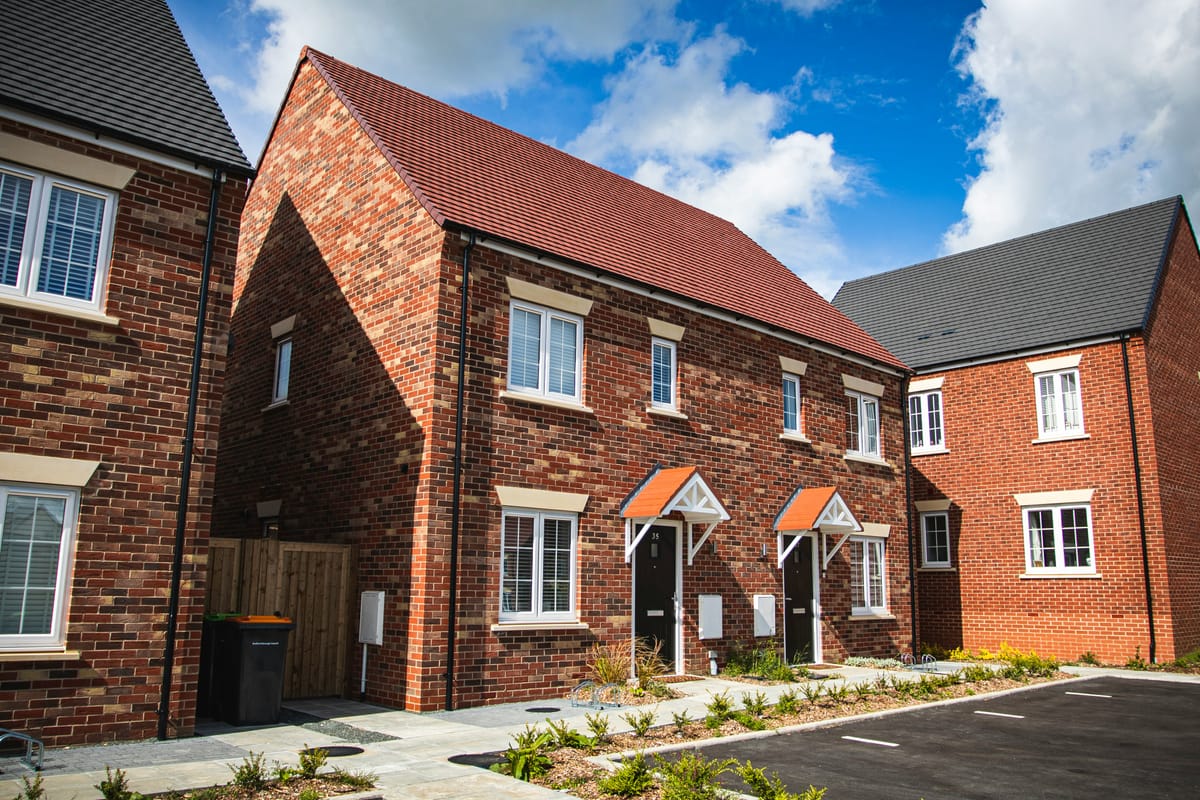UK House Prices and Rents Surge Amid Supply Pressures and Inflation: March 2025 Snapshot

As the cost-of-living crisis slowly recedes, housing remains a pressure point for UK households. The latest data from the Office for National Statistics (ONS), published in March 2025, paints a picture of rising house prices and rental costs, albeit with signs of moderation in some regions. Despite some cooling from record highs, the affordability gap between incomes and housing costs continues to widen.
From rent hikes outpacing inflation to a resilient housing market defying economic uncertainty, here’s a deep dive into the current state of the UK’s housing economy.
Headline Figures
- Average UK private rents rose by 8.1% in the 12 months to February 2025, reaching £1,326 per month.
- Average UK house prices increased by 4.9% in the 12 months to January 2025, with the average property now priced at £269,000.
- Regional disparities remain stark, with London and the South East experiencing the highest rent inflation, while house prices rose fastest in Wales.
Private Rents: Growth Slows Slightly, But Pressure Remains
The 8.1% increase in private rents over the past year marks a modest slowdown from January’s 8.7% annual growth and March 2024’s record high of 9.1%. However, the overall cost burden for renters remains historically high.
Across the UK:
- England saw average rents rise to £1,381 (up 8.3%).
- Wales recorded a jump to £785 (up 8.5%).
- Scotland’s average rent climbed to £998 (up 5.8%).
- Northern Ireland, measured through December 2024, reported an 8.1% rise to £832.
London continues to lead rent inflation, with a 9.9% annual increase, making it the least affordable region for renters. In contrast, Yorkshire and the Humber experienced the smallest rent growth at 4.8%.
The ONS attributes these rises to multiple factors:
- Persistent undersupply of rental housing.
- Strong demand from both domestic renters and international tenants returning post-pandemic.
- Higher interest rates pushing potential buyers into the rental market.
The rent surge has prompted widespread concern, especially among low-income households and younger demographics who now spend a growing share of their income on rent.
House Prices: Market Bounces Back from 2023 Slump
Following a turbulent 2023 where prices briefly dipped into negative territory, the UK housing market has demonstrated remarkable resilience. January 2025 saw prices rise 4.9% year-on-year, compared to 4.6% in December 2024.
This upward trend began after the market’s low in December 2023, when house price inflation hit -2.7%, triggered by rising mortgage rates and economic uncertainty. However, easing inflation, stabilising interest rates, and improved consumer sentiment have encouraged more activity in the market.
By region:
- England: £291,000 average (4.8% rise)
- Wales: £210,000 (6.0%)
- Scotland: £187,000 (4.6%)
Wales led the charge with the strongest price growth, a trend linked to rising second-home demand and migration from England. Meanwhile, London remains the most expensive region, though its year-on-year growth has been more modest due to affordability ceilings.
Rent vs. Ownership: The Growing Affordability Divide
While homeownership remains a goal for many, the widening gap between wages and property prices has made it increasingly unattainable. The surge in rents exacerbates this, as tenants struggle to save for deposits amid rising monthly costs.
According to housing charities, a growing number of renters are spending more than 40% of their income on housing, well above the 30% benchmark often used to define affordability. This pressure is particularly acute in cities like London, Bristol, Manchester, and Edinburgh.
Affordability challenges are contributing to:
- Increased demand for affordable housing.
- Delayed household formation among younger adults.
- Growing interest in alternative tenure models such as Build-to-Rent and shared ownership.
Regional Spotlights
1. London
Rents surged nearly 10% year-on-year, and house prices continued their slow ascent. Despite being the priciest region, international investment, high-income professionals, and chronic underbuilding keep demand high.
2. Wales
Recording the highest house price growth (6%), Wales continues to attract internal migration from England, particularly from retirees and remote workers seeking lifestyle changes.
3. North of England
Regions such as the North West and Yorkshire showed slower rent and price growth. However, affordability remains relatively better than in the South, fuelling interest from first-time buyers and investors.
Government Response and Policy Landscape
Policymakers are under pressure to tackle affordability and boost supply. The UK government has reaffirmed its commitment to building 1.5 million new homes by 2030, with the Planning and Infrastructure Bill aimed at streamlining approvals.
Recent announcements include:
- Expansion of the Affordable Homes Programme.
- Consultation on rental caps and longer tenancies.
- Incentives for local authorities to release brownfield land.
However, critics argue that supply-side policies are too slow to address immediate rental inflation, and local authorities lack the resources to keep pace with demand, particularly in the social housing sector.
What’s Next?
Looking ahead, the trajectory of rents and house prices will depend on a mix of economic and policy factors:
- Interest Rates: Any reduction by the Bank of England could reinvigorate the housing market further, while prolonged high rates may dampen demand.
- Supply Constraints: Delays in housing construction—due to labour shortages, planning hurdles, and rising material costs—are likely to persist into 2026.
- Economic Growth: A stronger labour market may ease affordability challenges but also fuel demand.
- Legislation: Measures to cap rents, increase housing benefit, or subsidise first-time buyers could alter market dynamics.
Analysts predict rent growth may moderate slightly in late 2025 but remain above inflation, especially in high-demand cities. Meanwhile, house prices are expected to maintain steady single-digit growth.
Final Thoughts: The Fragile Balancing Act
The March 2025 data underscores the complexity of the UK’s housing crisis. While modest house price recovery is a positive sign for existing homeowners and investors, the continued surge in rents is a major concern for millions of tenants.
Without bold and coordinated action—from easing planning laws and funding social housing to regulating rents and improving mortgage access—the UK risks entrenching generational inequality in housing. Bridging the gap between ambition and affordability will require more than market forces. It will take political will, strategic investment, and a long-term vision for housing justice.





